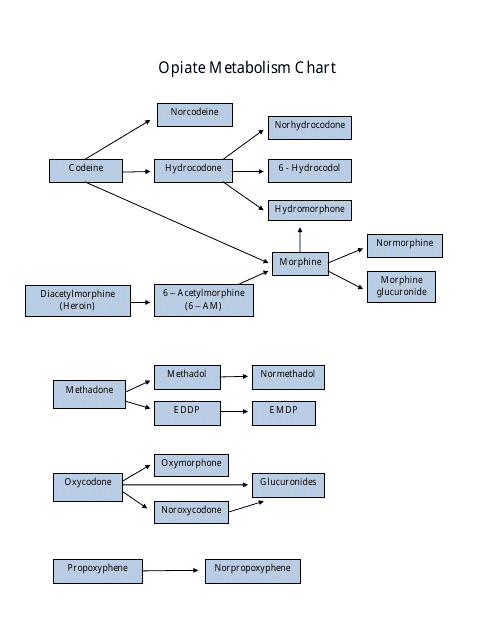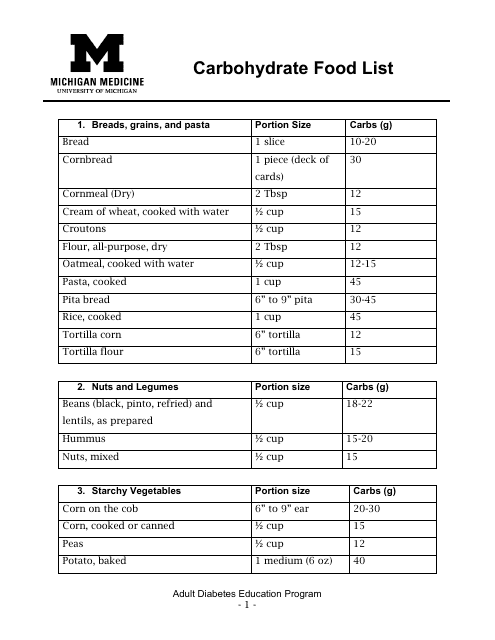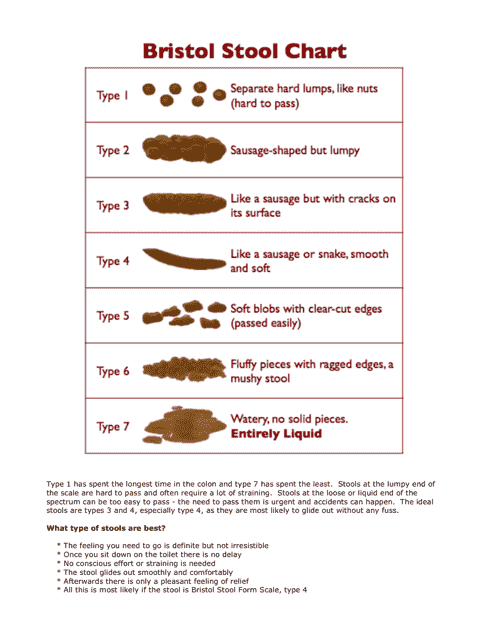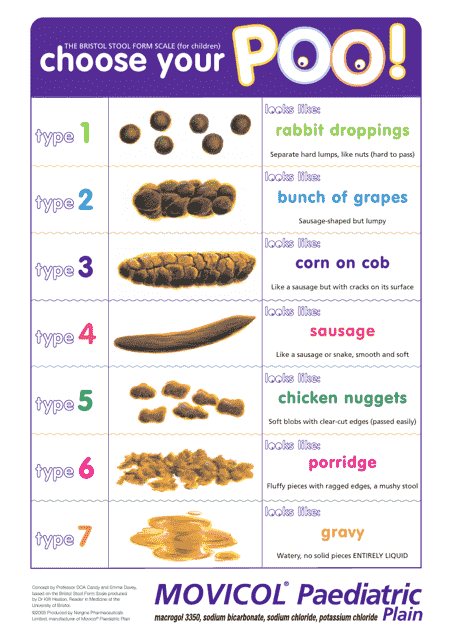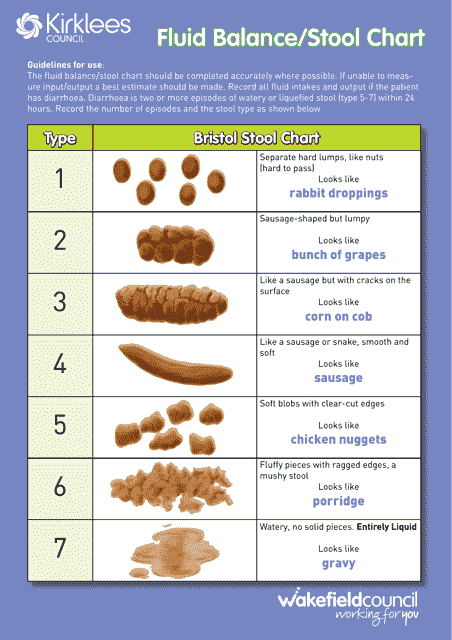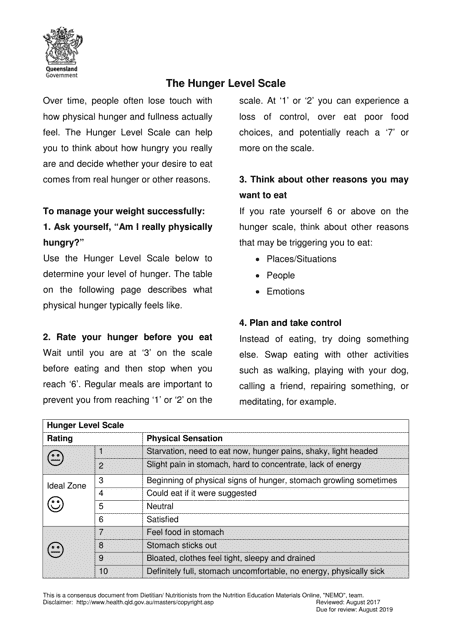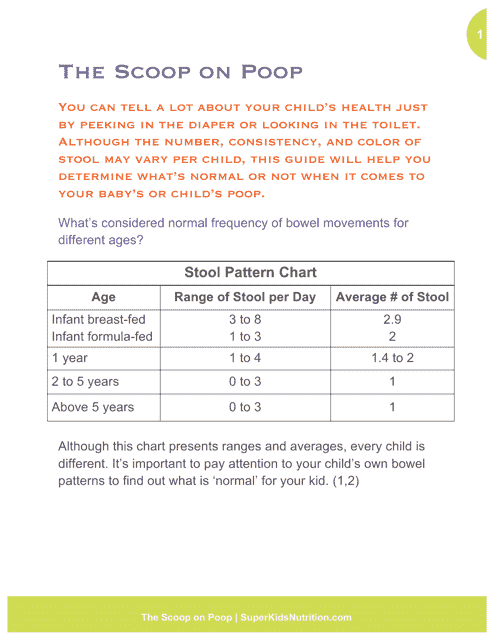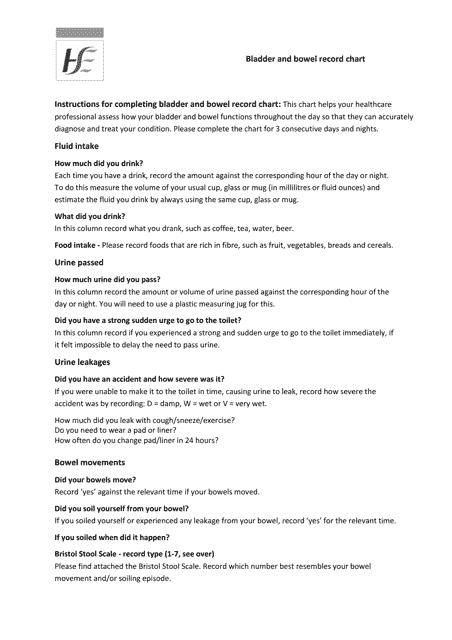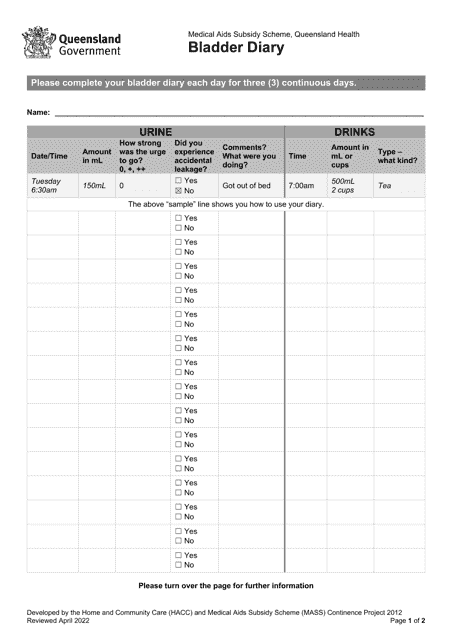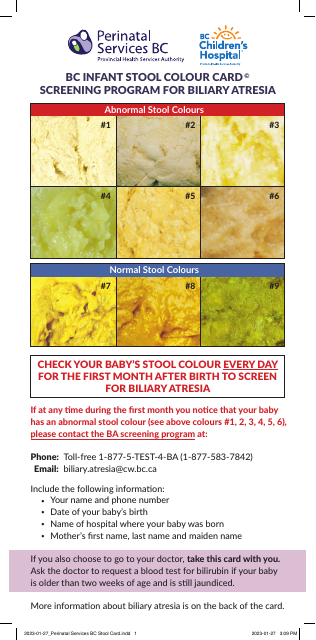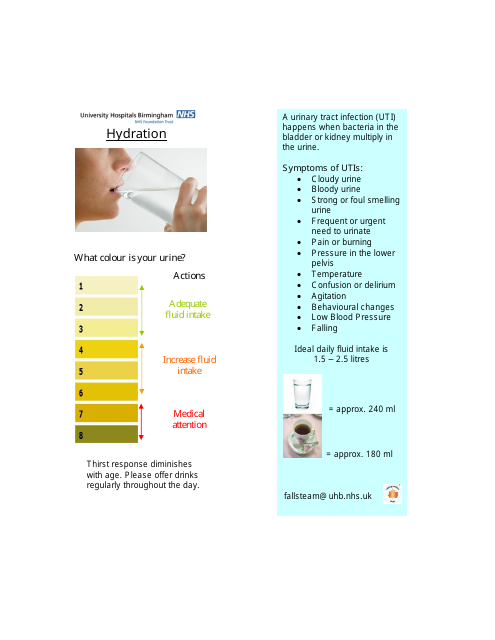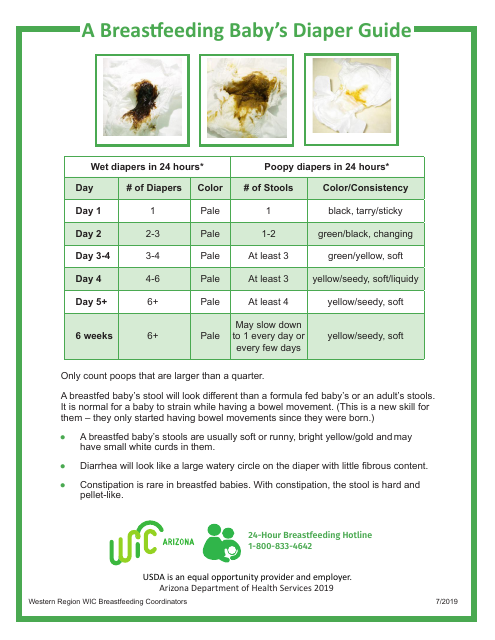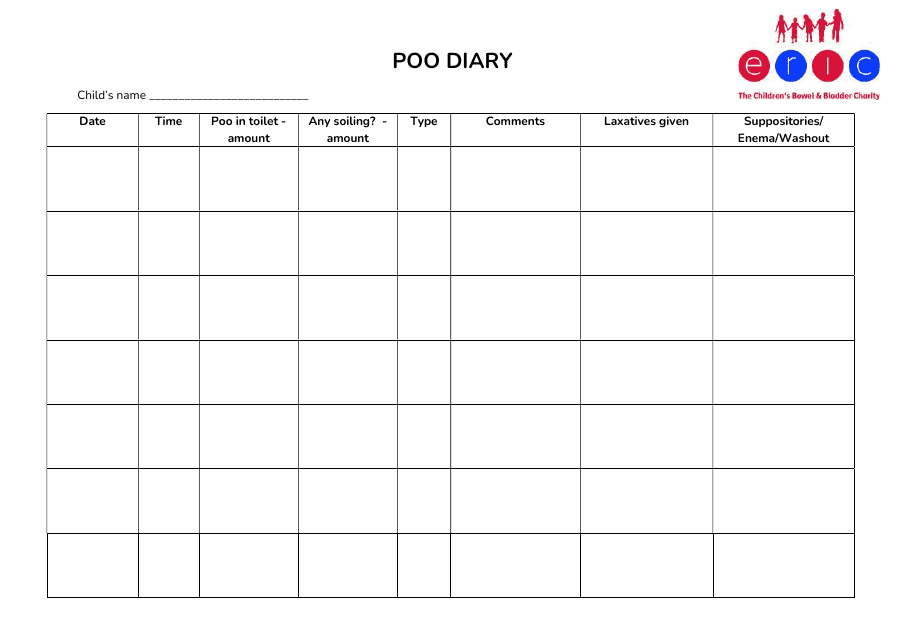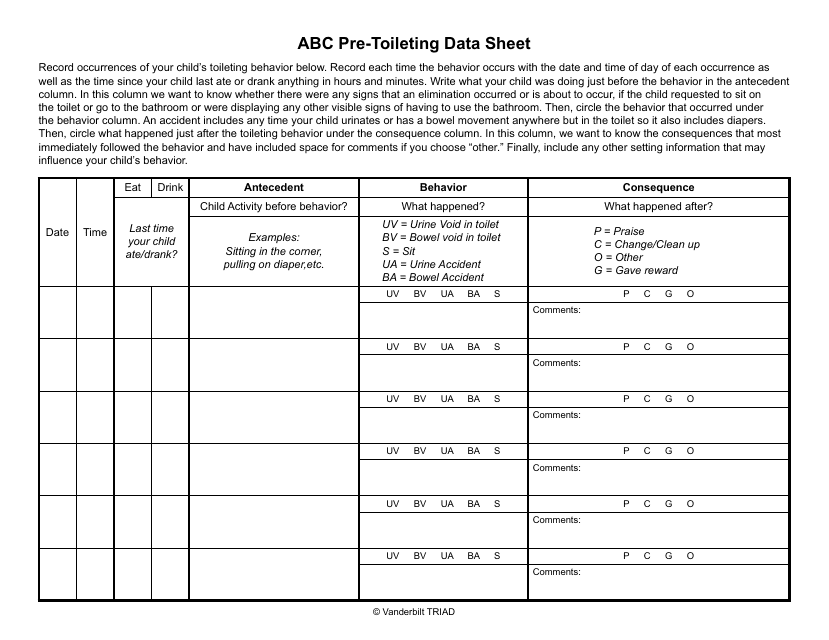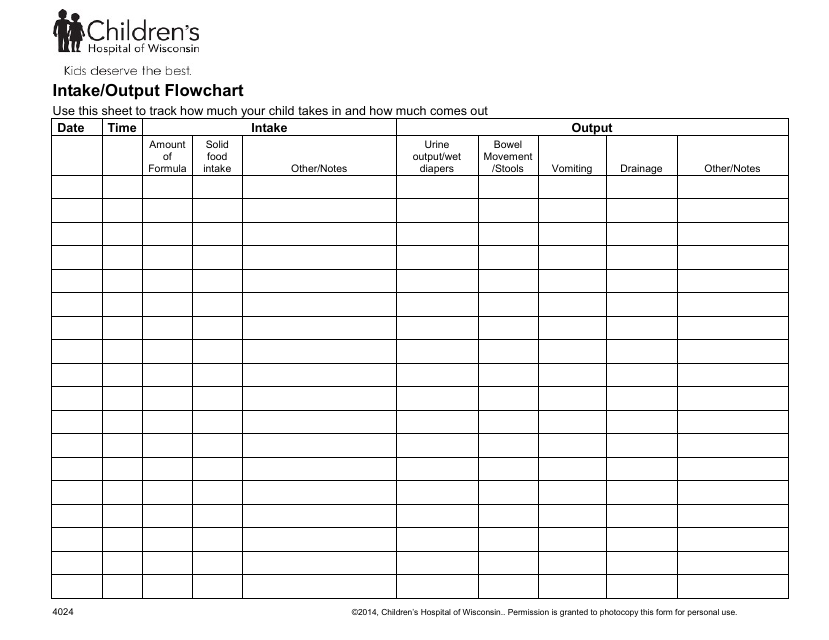Free Metabolism Chart Templates
Metabolism Chart: What Is It?
A Metabolism Chart provides information concerning how many calories an individual is able to burn while resting and the way that this corresponds to other individuals that have the same age. There are various ways to increase the metabolic age of an individual, even if there is nothing anyone can do to alter the real age.
Alternate Name:
- Metabolism Age Chart.
Although a Metabolism Chart by age is one of the most important factors directly related to the metabolism of an individual, it is not the only factor. Gender and hormonal balance also play a key role in metabolism.
In most cases, the metabolism of an individual is at its peak when an individual is young and slowly by the time a person reaches their early thirties; their metabolism begins to gradually slow down. However, the great news is that even if your rate of metabolism is low after determining the results from the Metabolism Chart, there are a number of things that you can do in order to improve it such as:
- Being more active and leading a generally active lifestyle, particularly if you have a job where you do not move around too much and generally spend your day sat down;
- Make sure that high-intensity circuit training becomes part of your general exercise routine;
- Obtain enough rest. You need to make sure that you get the right amount of sleep on a daily basis with a fixed sleeping schedule;
- Ensure that you eat the right amount of food. It goes without saying that too much is not good but neither is too little;
- Consume healthy foods that will provide you with the right type and amount of nutrients;
- Inhibit any stress and find a solution to manage it.
For a full list of Metabolism Chart templates please feel free to check out our library below.
Haven't found the template you're looking for? Take a look at the related templates below:
Documents:
18
This document provides a chart that shows how opiates are metabolized in the body. It can be useful for understanding how different opiates are processed and eliminated.
This Form is used for monitoring metabolic health in individuals receiving treatment through Beacon Health Options. It helps track important metabolic indicators such as weight, blood pressure, and cholesterol levels.
This document provides a list of carbohydrate-rich foods, such as fruits, vegetables, grains, and legumes. It can be helpful for individuals seeking to manage their carbohydrate intake for dietary or health reasons.
This document describes the Bristol Stool Chart, which categorizes the seven types of stool consistency and helps assess digestive health.
This document presents the Children Bristol Stool Chart, which is a tool developed by Norgine Pharmaceuticals to help parents and healthcare professionals monitor the consistency of a child's stool. The chart provides images and descriptions of different stool types, allowing for better understanding and assessment of a child's digestive health.
This document provides a chart that helps identify different colors of stool and their potential implications for health.
This document is used for tracking and monitoring fluid balance and stool frequency. It can help individuals and healthcare professionals understand and manage hydration levels and digestive health.
This type of document provides a hunger level scale that is specific to Queensland, Australia. It helps individuals assess and track their levels of hunger.
This type of document is a pattern chart for children's stools. It provides a guide for creating different designs for children's stools.
This chart helps identify different types and colors of stool in order to monitor and understand digestive health.
This type of document is used for keeping track of bladder and bowel movements. It is a chart that helps monitor the frequency and consistency of urination and bowel movements.
This document is used for keeping track of bladder activity and symptoms in Queensland, Australia.
This type of document provides a color chart to help parents in British Columbia, Canada, understand the different colors of infant stool and what they may indicate.
This document is a hydration chart that provides guidelines for staying properly hydrated throughout the day. It indicates the recommended amount of water to drink based on factors such as age, gender, and activity level. Following this chart can help promote good health and prevent dehydration.
This document provides a guide for parents in Arizona on how to identify and manage diaper changes in breastfed babies.
This document is a humorous record book, often utilized for personal or healthcare purposes to track bowel movements, timings, consistency, and other digestive health details.
This document is employed by professionals at Vanderbilt Triad for recording crucial pre-toileting data. It aids in understanding patterns, providing insights for personalized care plans and promoting effective bathroom routines.
This document provides a detailed record of a patient's liquid intake and output at the Children's Hospital of Wisconsin, often used by healthcare professionals to monitor hydration levels.

